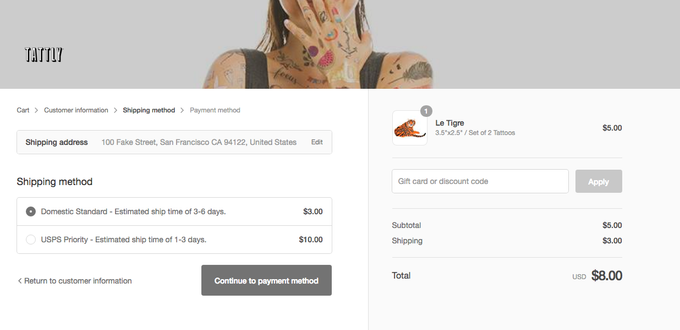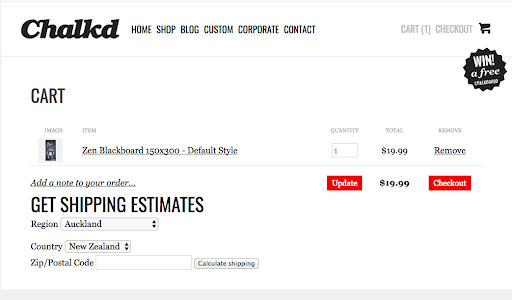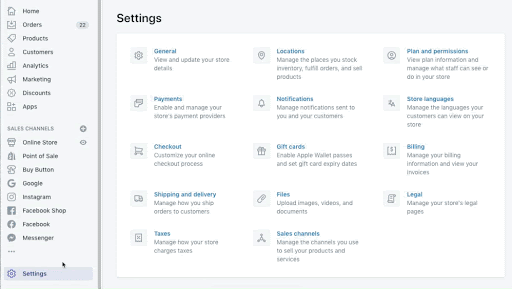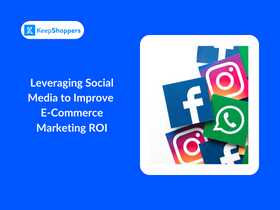The Ultimate Guide to Third-Party Carrier-Calculated Shipping Rates for Shopify Store Checkout
Updated April 27, 2023
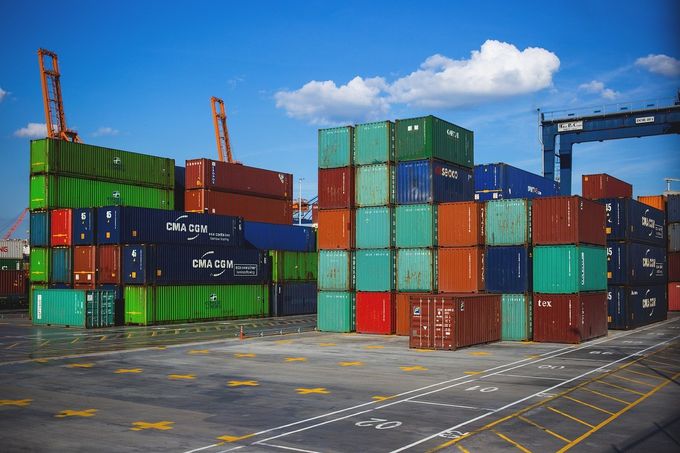
AI Summary
One of the primary pain points for many e-commerce brands is figuring out what to charge customers for shipping. It isn't always a feasible option to offer free shipping or 1-day delivery, as you may not cover your costs.
On the other hand, you don't want your customers to pay too much.
Shopify, for example, states that "80% of businesses overcharge customers for shipping if they manually set their rates."
This will have a terrible effect that can result in high cart abandonment rates.
There's also another conundrum when your customers are in different parts of the country or the world. The shipping cost of an item to customer 1 may vary immensely from the shipping cost of the exact item to customer 2, who resides in another location of the country.
Plus, factoring in different dimensions and weights for each item makes these calculations a lot harder.
Take the brand Tatly, for example. They set a flat shipping rate for every domestic purchase at $3.
Regardless of where the delivery location is in the United States, the shipping price will be the same, no matter how much it costs the merchant.
» Pro Tip: The best Shopify shipping apps can help automate many order fulfillment processes
Tatly, on average, figured that the shipping cost would be approximately 3 bucks. If the cost is lower, the merchant will get something extra. But if it costs more, they'll lose a few cents.
So how can you automate the process of shipping cost calculation and consistently charge customers the correct shipping amount?
Real-time third-party carrier calculated shipping is a shipping option for e-commerce brands on Shopify that offers a precise approach to shipping cost calculations.
What is a Third-party Carrier Shipping Rate Calculation?
Third-party carrier calculated shipping is when the real-time/exact shipping rates that the carrier charges are pulled in automatically to checkout for any particular order.
The shipping rates shown take the order dimensions, customer shipping destination, and item weight into account to display the correct rate to the shopper the moment they are done putting products into their cart.
E-commerce brand Chalkd implements this perfectly. They offer customers a shipping calculator right on the checkout page.
Image Source: Chalkd screenshot
Why Use Third-Party Carrier-Calculated Shipping Rates?
Third-party carrier calculated. Shipping allows your Shopify store to charge customers the exact amount it cost to ship their order.
This helps ensure that you don't lose cash on some orders or overcharge some customers.
Benefits of Third-Party Carrier-Calculated Shipping Rates?
Manually setting your shipping rates by yourself will create rates that aren't exact. And most times, the process is time-consuming depending on your level of customization (order weights, rules for different countries, total order values, and a lot more).
Here's how third-party carrier calculated shipping rates help:
1. Charge Your Customers the Exact Amount
Unlike standard rate shipping, third-party carrier calculated shipping rates mean that you can charge customers the accurate amount every time.
So you don't have to bother that your rate won't be enough or be too pricey.
2. Automatically Calculate Customer Shipping Cost
Your customers will get to see the real-time carrier rates shown at checkout once they impute their shipping destination. You won't have to perform any complex calculations to know the accurate amount.
3. Cater Better for International Sales
Getting the right international shipping costs can be difficult.
However, with a third-party carrier calculated shipping rate, you can be certain that shoppers will always get the correct rate. This is regardless of their location, including outside your country.
What Do You Consider When Switching to Third-party Shipping Rates?
If you're reading this article, then you may be considering making the switch to third-party carrier shipping rates. But before you go ahead, there are some crucial decisions you will have to make.
The below will help you choose the right third-party carrier shipping rate strategy.
1. The Countries You want to Ship Products To
You can ship to any country you want to, but that doesn't mean that you should ship to every nation.
Different nations have varying taxes, tariffs, regulations, and guidelines for incoming shipments. Logistic and shipping costs can also be very pricey.
2. The Carriers You'll Use
Each carrier has its pros and cons regarding flexibility, specialties, speed, and cost. Look at DHL, FedEx, UPS, and USPS and make a cost comparison.
The more carriers you create partnerships with, the more locations and customers you can reach. But you may lose out on bulk rates if your store is using numerous carriers, except you're working with a 3PL.
3. How You'll Incorporate Handling Costs
When you opt for third-party carrier shipping rates, you're giving 100% of the direct shipping expenses to the shopper.
Handling costs, including moving products and packing boxes, are not included in the shipping rates, so you need to craft out a strategy on how you will cover these costs. And not neglect them when you're looking at your margin.
4. One Carrier or Multiple Carriers
If you partner with a single carrier, you can include the carrier's calculator on your checkout page.
But if you work with multiple carriers (for instance, to deliver to many countries because they have unique terms for different types of items or because every carrier ships at different speeds), you'll have to use a third-party app that will help you automatically calculate the best rates.
Enabling Third-party Carrier-calculated Rates
Shopify gives you 3 options to include third-party carrier-calculated rates into your plan.
Let's have a look at them:
1. Additional Fee
You can add third-party carrier shipping rates to your Shopify checkout page for an extra $20 fee every month.
To do this, though, you will have to request the feature by reaching out to Shopify's support team.
2. Change Your Billing Cycle from Per Month to Yearly.
When you change your billing cycle from per month to yearly, you'll not only get a 10% discount on your subscription cost but the third-party carrier calculation feature as well.
This can also be added by Shopify's support team once you have changed your billing cycle.
To change your billing cycle (which can be done at any time), navigate to your Shopify Admin, click Settings, next hit Plans, and click Permissions.
Here's a visual of how it works:
3. Advanced and Shopify Plus Plan
The carrier-calculated rates feature is added automatically once you upgrade to Shopify's Advanced or Plus plan.
Shopify Shipping
If you fulfill orders from a location in Australia, United States, or Canada, you can use Shopify Shipping to give shoppers calculated rates at checkout.
By setting up and using Shopify Shipping, you will not have to create an account with any shipping carrier because you'll be connected to Shopify's carrier account.
You'll also get discounted rates for your store's shipping labels.
Conclusion
That's a wrap! Setting your shipping rates at prices that vary from the real-time rates can be disastrous if the right strategy isn't in place. You could lose customers and cash.
Plus, there isn't a perfect method for charging customers for delivery, but third-party carrier calculated shipping rates offer the best way for you to safeguard your margins.

